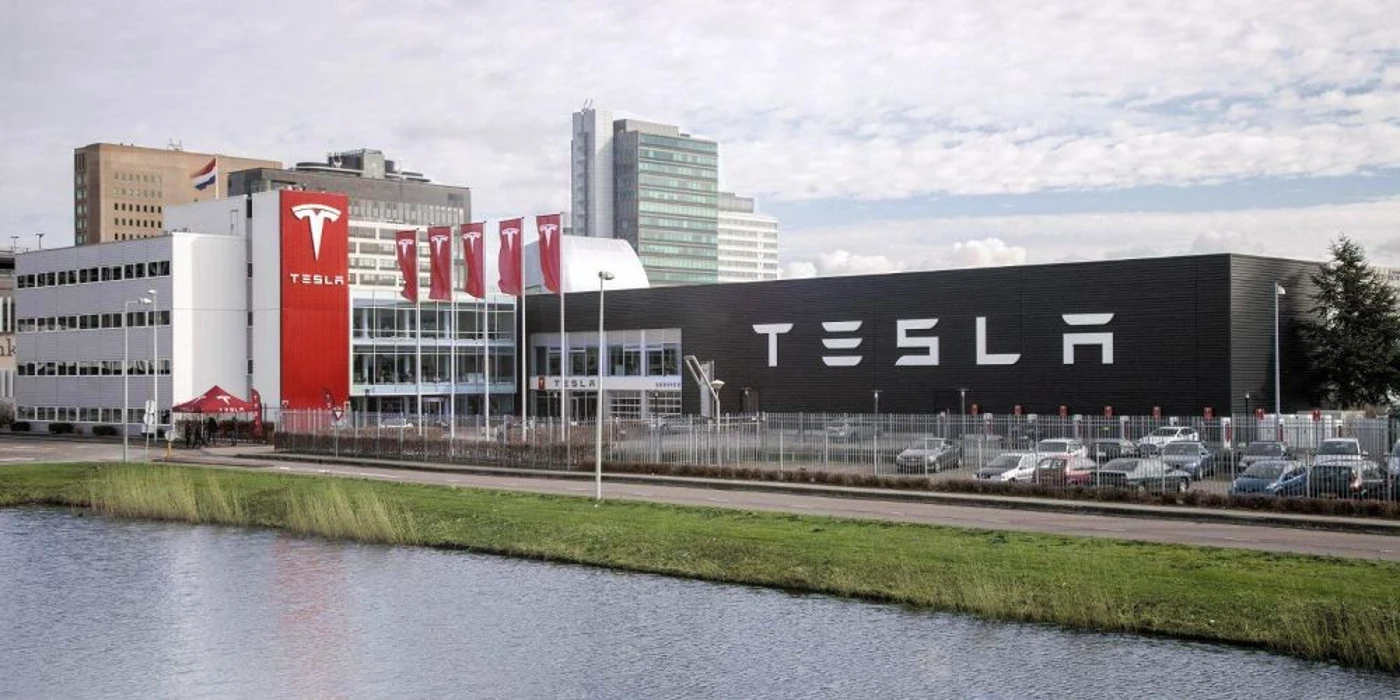Tesla is to issue software updates to more than 2 million vehicles due to problems associated with their autopilot technology.
U.S. Regulator, The National Highway Traffic Safety Administration (NHTSA), announced on Tuesday evening that autopilot controls in 2.031m Tesla vehicles equipped with Autosteer were classed as “insufficient” when the driver is not paying attention or prepared to intervene.
The news follows a years-long investigation by the NHTSA into Tesla’s drive-assistance tech after a number of crashes.
The vehicles affected include the 2012-2023 Model S, 2016-2023 Model X, 2017-2023 Model 3, and 2020-2023 Model Y, the auto-safety regulator said.
The update centres on a part of Autopilot called Autosteer. Autosteer helps keep a car in the correct lane in conjunction with “traffic-aware cruise control” which matches the speed of the car to that of the surrounding traffic.
The driver is expected to have their hands on the steering wheel and be ready to take over from the assistive system when required.
When Autosteer is on, systems in the car monitor that the driver is paying attention. If it detects the driver isn’t there are warning alerts. There are also alerts if the driver tries to use Autosteer in inappropriate circumstances.
“In certain circumstances when Autosteer is engaged, and the driver does not maintain responsibility for vehicle operation and is unprepared to intervene as necessary or fails to recognise when Autosteer is canceled or not engaged, there may be an increased risk of a crash,” the NHTSA said in a statement.
Tesla will release an over-the-air software update to affected vehicles free of charge. The update happens automatically, and does not require a visit to a dealership or garage, but is still referred to by the US regulator as a recall.
According to the recall notice, the company did not concur with the agency’s analysis but agreed to add new features to resolve the concerns, including additional checks on turning on the self-driving features.




